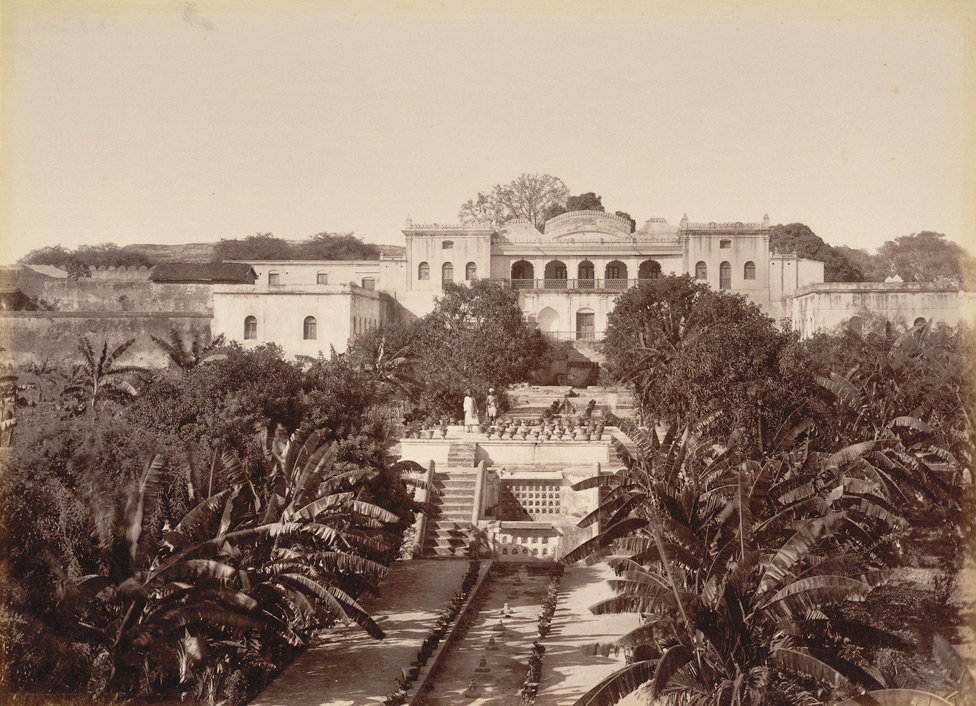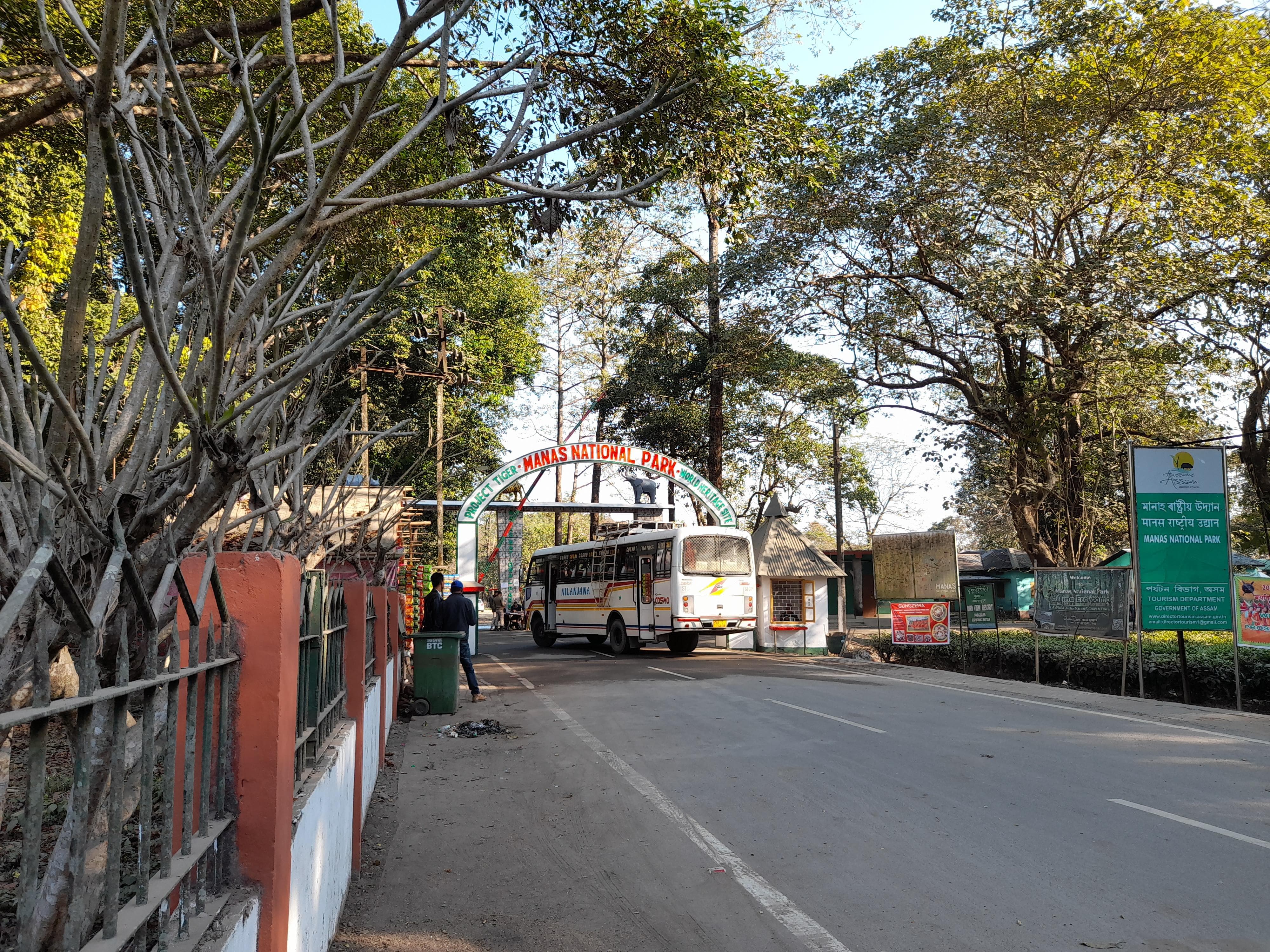|
Humayun Abdulali
Humayun Abdulali (19 May 1914, Kobe, Japan - 3 June 2001, Mumbai, India) was an Indian ornithologist and biologist who was also a cousin of the "birdman of India", Salim Ali (ornithologist), Salim Ali. Like other naturalists of his period, he took an initial interest in Shikar (hunting), ''shikar'' (hunting). Unlike Sálim Ali, his main contributions were less field-oriented and based more on bird collections, particularly those at the Bombay Natural History Society where he worked for most of his life. Early years and education Humayun Abdulali was born to a Sulaymani Bohra Ismaili family in Kobe in 1914. His parents were Lulu and Najmuddin Faizalhussain Abdulali, a businessman who imported raw cotton and safety matches from India. In his unfinished autobiography (posthumously published in the book ''Humayan Abdulali - Naturalist Portrait and Tribute''), he wrote that his interest in natural history may have been cultivated at an early age at the English Mission School in Kobe, ... [...More Info...] [...Related Items...] OR: [Wikipedia] [Google] [Baidu] |
Kobe
Kobe ( ; , ), officially , is the capital city of Hyōgo Prefecture, Japan. With a population of around 1.5 million, Kobe is Japan's List of Japanese cities by population, seventh-largest city and the third-largest port city after Port of Tokyo, Tokyo and Port of Yokohama, Yokohama. It is located in the Kansai region, which makes up the southern side of the main island of Honshu, Honshū, on the north shore of Osaka Bay. It is part of the Keihanshin metropolitan area along with Osaka and Kyoto. The Kobe city centre is located about west of Osaka and southwest of Kyoto. The earliest written records regarding the region come from the , which describes the founding of the Ikuta Shrine by Empress Jingū in AD 201.Ikuta Shrine official website – "History of Ikuta Shrine" (Japanese) [...More Info...] [...Related Items...] OR: [Wikipedia] [Google] [Baidu] |
Zoology
Zoology ( , ) is the scientific study of animals. Its studies include the anatomy, structure, embryology, Biological classification, classification, Ethology, habits, and distribution of all animals, both living and extinction, extinct, and how they interact with their ecosystems. Zoology is one of the primary branches of biology. The term is derived from Ancient Greek , ('animal'), and , ('knowledge', 'study'). Although humans have always been interested in the natural history of the animals they saw around them, and used this knowledge to domesticate certain species, the formal study of zoology can be said to have originated with Aristotle. He viewed animals as living organisms, studied their structure and development, and considered their adaptations to their surroundings and the function of their parts. Modern zoology has its origins during the Renaissance and early modern period, with Carl Linnaeus, Antonie van Leeuwenhoek, Robert Hooke, Charles Darwin, Gregor Mendel a ... [...More Info...] [...Related Items...] OR: [Wikipedia] [Google] [Baidu] |
Aurangabad, Maharashtra
Aurangabad (), officially renamed as Chhatrapati Sambhajinagar in 2023, is a city in the Indian state of Maharashtra. It is the administrative headquarters of Aurangabad district and is the largest city in the Marathwada region. Located on a hilly upland terrain in the Deccan Traps, Aurangabad is the fifth-most populous urban area in Maharashtra, after Mumbai, Pune, Nagpur and Nashik, with a population of 1,175,116. The city is a major production center of cotton textile and artistic silk fabrics. Several prominent educational institutions, including Dr. Babasaheb Ambedkar Marathwada University, are located in the city. The city is also a popular tourism hub, with attractions like the Ajanta and Ellora caves lying on its outskirts, both of which have been designated as UNESCO World Heritage Sites since 1983, the Aurangabad Caves, Devagiri Fort, Grishneshwar Temple, Jama Mosque, Bibi Ka Maqbara, Himayat Bagh, Panchakki and Salim Ali Lake. Historically, there wer ... [...More Info...] [...Related Items...] OR: [Wikipedia] [Google] [Baidu] |
Kaziranga
Kaziranga National Park is a national park in the Golaghat, Sonitpur, Biswanath and Nagaon districts of the state of Assam, India. KNP has 5 ranges. The park, which hosts two-thirds of the world's Indian rhinoceroses, is a UNESCO World Heritage Site. According to a March 2018 census conducted jointly by the Forest Department of the Government of Assam and some recognized wildlife NGOs, the rhino population in Kaziranga National Park is 2,613. It comprises 1,641 adult rhinos and 385 calves. In 2015, the rhino population stood at 2,401. Kaziranga National Park was declared a Tiger Reserve in 2006. The park is home to large breeding populations of elephants, wild water buffalo, and swamp deer. Kaziranga is recognized as an Important Bird Area by BirdLife International for conservation of avifaunal species which refers as the birds or types of birds found in a specific region, period, or environment. When compared with other protected areas in India, Kaziranga has achieved nota ... [...More Info...] [...Related Items...] OR: [Wikipedia] [Google] [Baidu] |
Manas National Park
Manas National Park is a national park, Project Tiger reserve, and an elephant reserve in Assam, India. Located in the Himalayan foothills, it borders the Royal Manas National Park in Bhutan. The park is known for its rare and endangered endemic wildlife such as the Assam roofed turtle, hispid hare, golden langur and pygmy hog. It also hosts the only known population of Pygmy hog, pygmy hogs in the world. Manas is also famous for its population of the wild water buffalo. Because of its exceptional biodiversity, scenery, and variety of habitats, Manas National Park is a Biosphere Reserve, biosphere reserve and a UNESCO World Heritage Site. Origin of the name The name of the park is originated from the Manas River. The Manas river is a major tributary of Brahmaputra River, which passes through the heart of the national park. History The area today consisting of the Manas National Park was under the Kingdom of Bhutan till the Duar War of 1865 when it was ceded to British Ind ... [...More Info...] [...Related Items...] OR: [Wikipedia] [Google] [Baidu] |
Assam
Assam (, , ) is a state in Northeast India, northeastern India, south of the eastern Himalayas along the Brahmaputra Valley, Brahmaputra and Barak River valleys. Assam covers an area of . It is the second largest state in Northeast India, northeastern India by area and the largest in terms of population, with more than 31 million inhabitants. The state is bordered by Bhutan and Arunachal Pradesh to the north; Nagaland and Manipur to the east; Meghalaya, Tripura, Mizoram and Bangladesh to the south; and West Bengal to the west via the Siliguri Corridor, a strip of land that connects the state to the rest of India. Assamese language, Assamese and Bodo language, Bodo are two of the official languages for the entire state and Meitei language, Meitei (Manipuri language, Manipuri) is recognised as an additional official language in three districts of Barak Valley and Hojai district. in Hojai district and for the Barak valley region, alongside Bengali language, Bengali, which is also ... [...More Info...] [...Related Items...] OR: [Wikipedia] [Google] [Baidu] |
Bharatpur State
Bharatpur was a princely state under British suzerainty. It was ruled by the Sinsinwar clan of the Hindus, Hindu Jats. The state was founded by Badan Singh, Maharaja Badan Singh in 1722. Suraj Mal played an important role in the development and expansion of the state. During Suraj Mal's reign (1755–1763), the annual revenue of the state was 17,500,000 gold coins. Under Suraj Mal leadership, the major architecture of this state include the Lohagarh Fort, Deeg Palace and the Keoladeo National Park, a royal hunting reserve, is a World Heritage Site. History The Jat rulers of Deeg and Bharatpur emerged in the medieval period, spreading over parts of the Subah of Agra, including Deeg, Bharatpur, Rajasthan, Bharatpur, and Mewat. During this time, the Jats were zamindars and cultivators causing trouble for the Mughal Empire alongside Gurjar, Gujars and Meos. During early time Jats were considered outcasts and jungle inhabitants. According to ''Tarikh-i-Firishta'', in 1026 AD, a b ... [...More Info...] [...Related Items...] OR: [Wikipedia] [Google] [Baidu] |
Travancore
The kingdom of Travancore (), also known as the kingdom of Thiruvithamkoor () or later as Travancore State, was a kingdom that lasted from until 1949. It was ruled by the Travancore Royal Family from Padmanabhapuram, and later Thiruvananthapuram. At its zenith, the kingdom covered most of the south of modern-day Kerala ( Idukki, Kottayam, Alappuzha, Pathanamthitta, Kollam, and Thiruvananthapuram districts, major portions of Ernakulam district, Puthenchira village of Thrissur district) and the southernmost part of modern-day Tamil Nadu ( Kanyakumari district and some parts of Tenkasi district) with the Thachudaya Kaimal's enclave of Irinjalakuda Koodalmanikyam temple in the neighbouring kingdom of Cochin. However Tangasseri area of Kollam city and Anchuthengu near Attingal in Thiruvananthapuram were parts of British India. Malabar District of Madras Presidency was to the north, the Madurai and Tirunelveli districts of Pandya Nadu region in Madras Presidency ... [...More Info...] [...Related Items...] OR: [Wikipedia] [Google] [Baidu] |
North Kanara
Uttara Kannada is a fifth largest district in the Indian state of Karnataka, It is bordered by the state of Goa and Belagavi districts to the north, Dharwad District and Haveri District to the east, Shivamogga District, and Udupi District to the south, and the Laccadive Sea to the west. Karwar is the district headquarters, and Sirsi is the major commercial center in the district. The district's agroclimatic divisions include the coastal plain consisting of Karwar, Ankola, Kumta, Honnavar, Bhatkal taluks and Malenadu consisting of Sirsi, Siddapur, Yellapur, Haliyal, Dandeli, Joida, Mundgod taluks. History The first known dynasty from Uttara Kannada District are Chutus of Banavasi. Uttara Kannada was the home of the Kadamba kingdom from the 350 to 525. They ruled from Banavasi. After the subjugation of the Kadambas by the Chalukyas, the district came under successive rule of empires like Chalukyas, Rashtrakutas, Hoysalas and Vijayanagar empire. Moroccan traveler Ibn ... [...More Info...] [...Related Items...] OR: [Wikipedia] [Google] [Baidu] |
Nashik
Nashik, formerly Nasik, is a city in the northern region of the Indian state of Maharashtra situated on the banks of the river Godavari, about northeast of the state capital Mumbai. Nashik is one of the Hindu pilgrimage sites of the Kumbh Mela, which is held every 12 years. According to the ''Ramayana'', Nashik is the location on the banks of the Godavari River where Lakshmana cut the nose of the demoness Shurpanakha. It is also called Panchavati. It was known as "Gulshanabad" during the Mughal period. History Mythology Nashik was known as "Padmanagar" during the Satya Yuga, "Trikantak" during the Treta Yuga, "Janasthana" during the Dvapara Yuga, and finally "Navashikh" or "Nashik" during the Kali Yuga, according to Hindu traditions. Nashik is significant in history, social life, and culture. The city is located on the banks of the Godavari River, making it a sacred site for Hindus around the world. During his 14-year exile from Ayodhya, Rama, the king of Ayod ... [...More Info...] [...Related Items...] OR: [Wikipedia] [Google] [Baidu] |
Talegaon
Talegaon is a town on the outskirts of the city of Pune, India. Demographics At the 2001 Census of India The 2001 census of India was the 14th in a series of censuses held in India every decade since 1871. The population of India was counted as 1,028,737,436 consisting of 532,223,090 males and 496,514,346 females. The total population increased b ..., Talegaon Dabhade had a population of 42,574. Males constituted 53% of the population and females 47%. The average literacy rate was 79%, higher than the national average of 59.5%: male literacy was 83%, and female literacy was 75%. At that time, 11% of the population was under 6 years of age. At the 2011 Census of India, the village comprised 13,856 households. The population of 56,435 was split between 29,033 males and 27,402 females. Transport Talegaon is served by Talegaon railway station which serves as a terminus for trains running on the Pune Suburban Railway. The station is of two platforms and has four tracks w ... [...More Info...] [...Related Items...] OR: [Wikipedia] [Google] [Baidu] |









